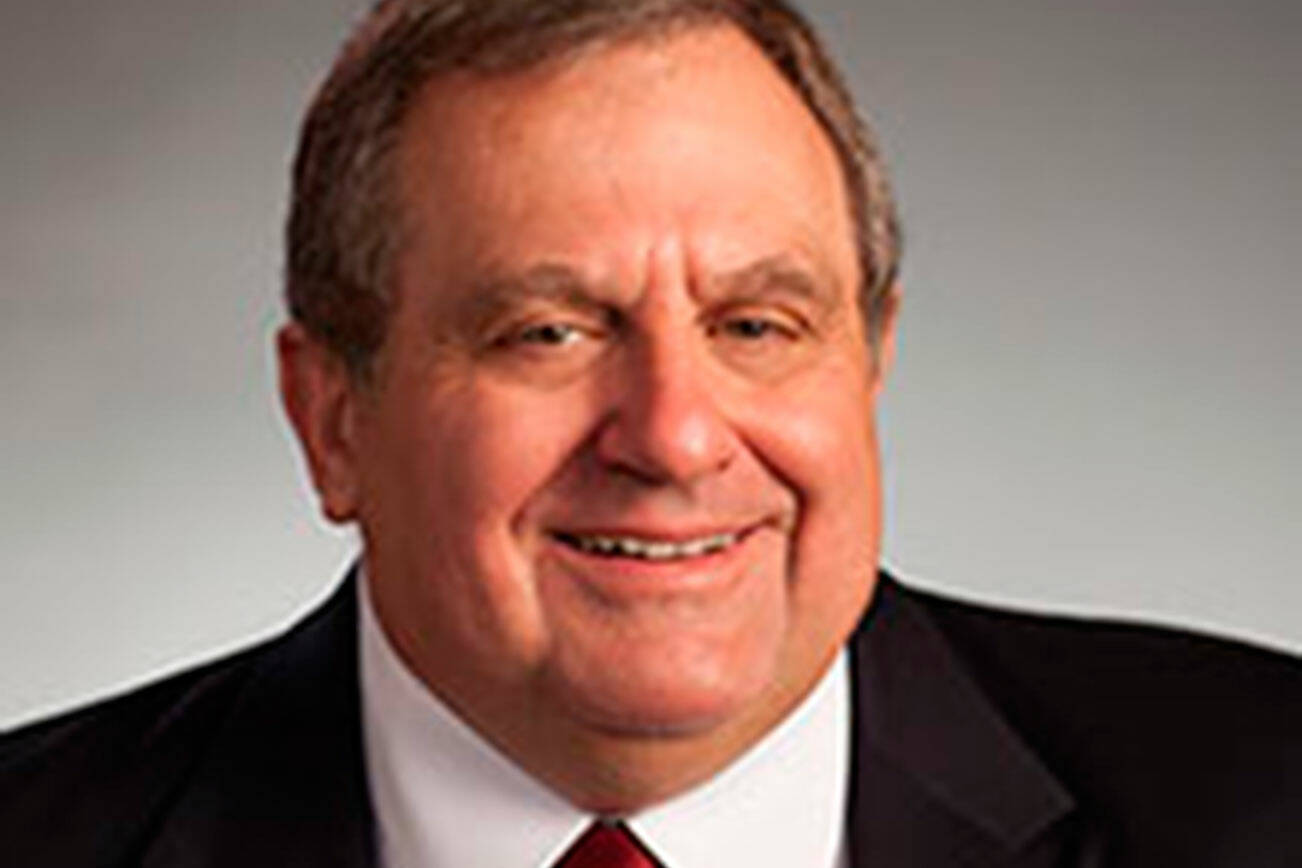In Washington state this year, we hope to again escape the historic droughts plaguing other parts of the world. The Columbia River water system flowed at normal levels in recent years which is good for our agriculture, hydropower generation, barging, local water supplies, and fish and wildlife.
However, 20 years ago we faced the same severe drought that is afflicting the world’s major river drainages including the Colorado River. That water scarcity forced factories to close, farmland to remain fallow, and crops to perish.
We must remember that the same water scarcity is likely to happen again in the Pacific Northwest. It should drive us to increase efforts to clean up polluted water and reuse it. As arid Israel learned, it is expensive, but inescapable.
Our world has a “big time” water problem, and it will grow even larger by 2050 when the World Bank estimates that a 50 percent increase in agricultural production is needed to feed our planet’s population. That projection carries with it a 15% increase in drinkable water demand.
That is important because two billion people worldwide lack sufficient sewage treatment and 748 million do not have clean drinking water. Diseases caused by poor sanitation kill 700,000 children every year.
Israel began recycling wastewater in the 1970s when it saw that its water sources — ground water and water from the northern Sea of Galilee — were insufficient to meet the needs of its growing population. Today, Israel is the world leader in wastewater conversion.
“We began to realize that sewage was a water resource, reaching almost 100% reuse in Israel,” according to Yossi Yaacoby, vice president of engineering for Mekorot, Israel’s national water company. He noted that 90% of the cleansed water now goes to agriculture. Yaacoby’s interviewed was published in the Times of Israel last August.
In the U.S., the Colorado River and its tributaries serve 40 million people in Arizona, California, Colorado, Nevada, New Mexico, Utah and Wyoming. About 70% of its water goes toward irrigation, sustaining a $15 billion-a-year agricultural industry that supplies 90% of the United States’ winter vegetables. However, its water is over appropriated.
In 2022, the Colorado River water allocated to farmers in central Arizona was cut by 65%.
Rationing hit farmers who grow water-intensive crops like alfalfa and cotton. Increasingly, farmlands are now surrounded by fallow fields and solar farms. Cleansed wastewater offers an alternative water source.
In 2011, the Gates Foundation teamed with Janicki Industries, a privately-owned engineering and manufacturing company based in Sedro Woolley, to pilot a system to convert sewerage to drinking water.
The prototype was called the Omni Processor. It separates waste from water, burns solids to generate electricity, and condenses steam to create drinkable water. The process kills pathogens which infect billions.
Two of the first Omni Processors are in Dakar, Senegal, where 1.2 million people are living without adequate sanitation — no flushing toilets, no connected sewer lines, and people are forced to use pit latrines out in the street.
Janicki’s subsidiary, Sedron Technologies, developed and now markets a similar water purification system for dairy farms, industry, and wildland fire fighters. It is called the Varcor system.
Wastewater conversion does not alleviate the need to conserve water. On the water conservation side, another Washington family-owned business develops and manufactures efficient irrigation systems which apply the precise amounts of water to crops at the best time. Like Janicki, Nelson Irrigation, Inc., Walla Walla, is a world leader in agriculture water application technology.
The U.S. has smart and industrious people, who, when presented with a problem, find creative solutions. That entrepreneurial drive must be unleashed if we are to provide the pure water supply that we need in the next quarter century.
Don C. Brunell is a business analyst, writer, and columnist. He can be contacted at theBrunells@msn.com.



